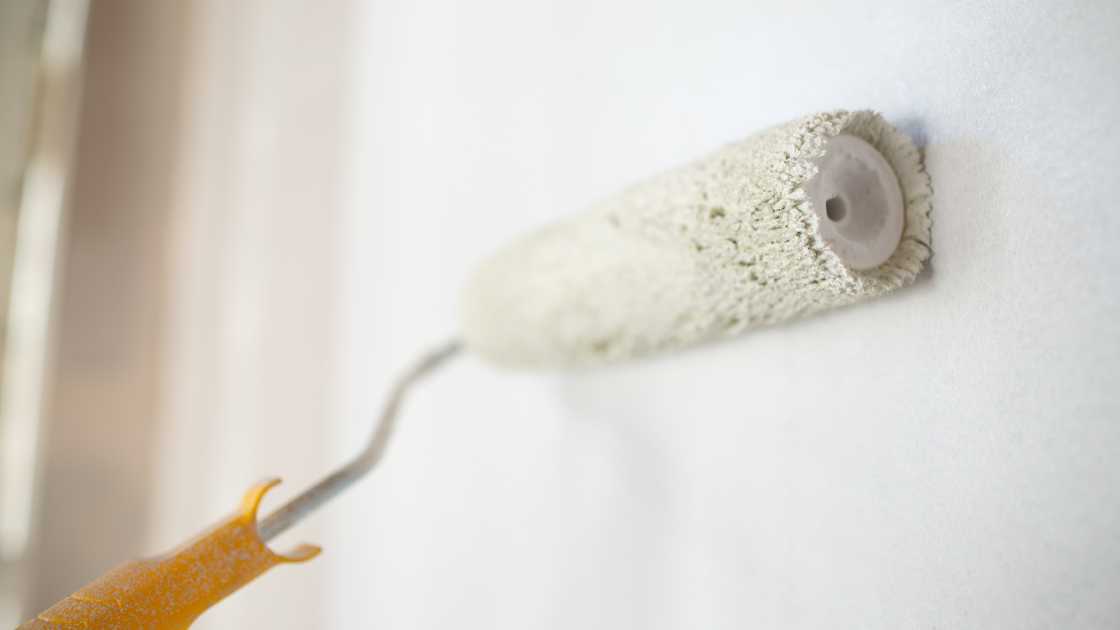Caulking is a crucial step in many DIY and professional painting projects. It helps seal gaps and cracks, creating a smooth and seamless finish. However, the timing of when to paint over caulk can greatly affect the final result. In this article, we’ll explore the factors that influence drying times and provide valuable insights on how long you should wait before painting over caulk.
There are 8 Steps to longevity of Painting Over Caulk Dry
Caulk Type Matters
The type of caulk you use plays a significant role in determining drying times. There are two main types: silicone and acrylic latex. Silicone caulk typically dries faster, usually within an hour, while acrylic latex caulk may take anywhere from 2 to 24 hours to dry. Always read the manufacturer’s recommendations for specific drying times.
Humidity and Temperature
Weather conditions have a substantial impact on caulk drying times. Higher humidity and cooler temperatures tend to slow down the drying process, while lower humidity and warmer temperatures accelerate it. It’s essential to consider the local climate when planning your painting project.
Thickness of Caulk
The thickness of the caulk bead also affects drying times. Thicker beads will take longer to dry than thinner ones. It’s important to strike a balance between applying enough caulk to seal gaps effectively and not overdoing it, which can prolong the drying time.
Ventilation
Proper ventilation can help expedite caulk drying. Ensure that the room or area where you applied caulk has adequate airflow. Open windows or use fans to help circulate air and reduce drying times.
Check for Dryness
Before you even think about painting, it’s essential to check if the caulk is completely dry. Gently press your fingertip onto the caulked area. If it feels tacky or leaves an imprint, it’s not ready for painting. Wait until the caulk is firm and doesn’t smudge when touched.
Recommended Wait Times
As a general guideline, allow silicone caulk to dry for at least one hour before painting. For acrylic latex caulk, it’s best to wait 2 to 24 hours, depending on the factors mentioned earlier. Always consult the manufacturer’s recommendations, as some specific caulk brands may have different drying times.
Primer Application
To ensure the best paint adhesion, it’s a good practice to apply a primer over the caulked area before painting. Primer helps create a uniform surface and enhances paint durability. Be sure to follow the primer’s recommended drying time before applying your paint.
Paint with Confidence
Once your caulk and primer are dry, you can paint with confidence. Use high-quality paint and follow the manufacturer’s instructions for application and drying times. Multiple thin coats are often better than one thick coat, as they promote a smoother finish and better adhesion.
FAQs
How long should I wait before painting over a silicone caulk?
You should typically wait at least one hour before painting over a silicone caulk. However, it’s essential to consider factors like humidity, temperature, and caulk thickness, as these can influence drying times. Always consult the manufacturer’s instructions for specific recommendations, as some silicone caulks may have variations in drying times.
How long should I wait before painting over acrylic latex caulk?
Acrylic latex caulk typically requires a longer drying time compared to silicone caulk. In general, you should wait 2 to 24 hours before painting over acrylic latex caulk. The exact drying time can vary based on environmental conditions like temperature and humidity, so it’s advisable to consult the caulk manufacturer’s guidelines for precise recommendations.
Can I speed up the drying process of caulk before painting?
Yes, you can expedite the drying process of caulk by taking a few steps. First, ensure proper ventilation in the room or area where you applied the caulk. Open windows or use fans to promote airflow. Additionally, maintaining a warmer and less humid environment can help caulk dry faster. However, be cautious not to compromise the quality of the caulk application by rushing the drying process, as insufficient drying time may affect the paint adhesion and overall finish. Always aim for the right balance between expediency and quality.
Conclusion
Knowing how long the caulk should dry before painting is crucial for achieving a professional and long-lasting paint job. Consider the type of caulk you’re using, weather conditions, bead thickness, and proper ventilation to determine the ideal drying time. By following these guidelines and consulting manufacturer recommendations, you’ll ensure that your paint adheres beautifully to your caulked surfaces, leaving you with a stunning and durable finish.







